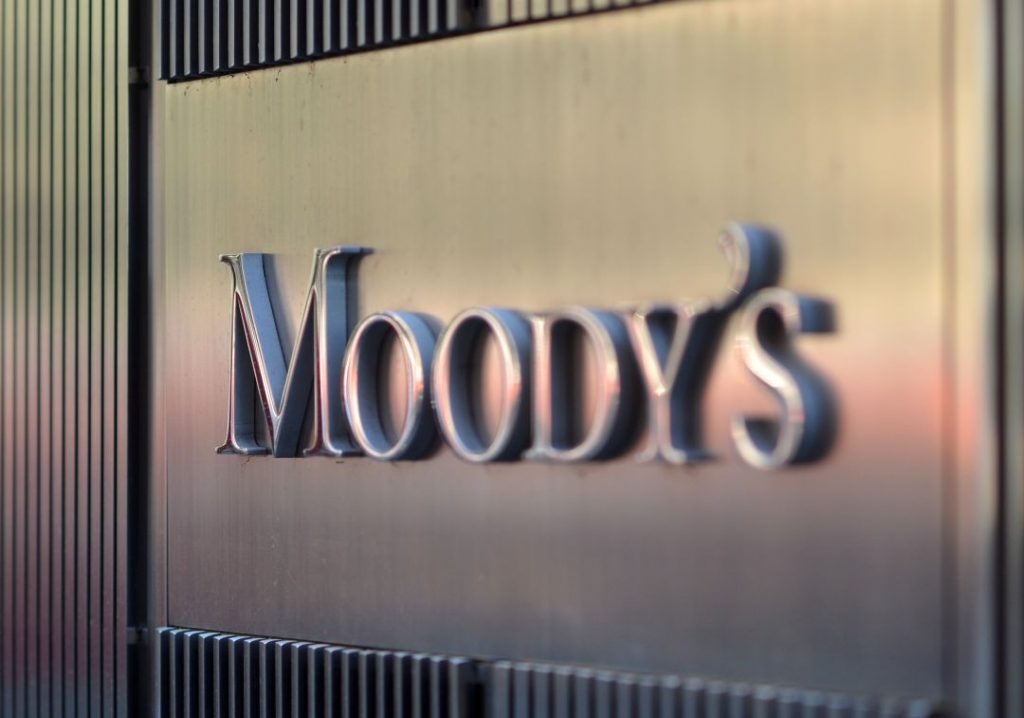Moody’s Investors Service forecasts the global metals and mining industry’s earnings will increase by about 30% through the first quarter of 2022 on the back of economic recovery, as well as rising demand and tight supplies for steel, iron-ore and copper.
This while aluminium, nickel and zinc will remain in surplus this year.
Moody’s says demand will recover more slowly for aluminium, a key metal for the global aerospace and automotive industries, while nickel and zinc supplies will increase as the constraints from 2020 ease and production returns to normal levels.
“We would change our outlook to stable if we believe consolidated global earnings before interest, taxes, depreciation and amortization (Ebitda) growth will slow to between 0% and 10% over the next 12 to 18 months, and to negative if we expected consolidated Ebitda to decline.
“The February 2021 update of our global macro-outlook for 2021 and 2022 indicates that the Group of Twenty (G20) economies will collectively grow by 5.3% in 2021 and by 4.5% in 2022, after a 3.3% contraction in 2020.”
The investor service agency revised its 2021 estimate for China’s gross domestic product growth to 7.5% – up from 7% previously – and to 5.5% in 2022.
Despite stronger-than-expected economic activity in the second half of 2020, the G20 recovery will remain uneven and incomplete this year amid limited activity in travel and tourism, Moody’s points out.
The transportation, hospitality, leisure and arts sectors continue to languish, but the information technology, consumer goods, pharmaceuticals and financial sectors are thriving, it adds.
Moody’s says persistent virus fears remain the main risk for a recovery in demand, with the risk of economic scarring higher in countries at risk of repeated outbreaks.
Meanwhile, the robust recovery of China’s industrial activity has led to a surge in demand for metals. China accounts for about half of global consumption of metals, while economic recovery in the rest of the world will provide support for continued demand strength this year.
Purchasing managers indexes (PMIs), a strong indicator of demand for metals, are improving in major economies from low levels in the first half of 2020, exceeding 55 in the US and in Europe in early 2021.
China’s PMI was around 51 in early 2021, with industrial activity expanding by about 7%.
Investors also use certain industrial commodities such as copper as a hedge against inflation.
“We have not changed our price sensitivities, which we use to help us evaluate a producer’s credit risk. The high commodity prices of early 2021 were largely at or above the top end of our ranges,” Moody’s notes.
COAL
The investor service agency predicts that coal-related earnings and cash flow generation will improve this year, but that prices will ease from their early 2021 levels.
It also expects the post-Covid bump in demand to subside later this year.
Demand for thermal coal will pick up this year, though Moody’s anticipates some near-term moderation in thermal coal pricing. The agency also expects improved demand for metallurgical (met) coal used in steel production.
Thermal coal demand will increase by more than 3% globally in 2021, according to the International Energy Agency, after falling by more than 5% in 2020, when the pandemic reduced economic activity and, therefore, demand for electricity.
“Thermal coal took a disproportionate hit in certain geographies. After 2021, when the macro-environment normalizes, we would expect more typical year-on-year comparisons again in 2022, especially for US-based producers already experiencing a rapid decline in domestic demand.
“But year-on-year comparisons will be more difficult more quickly in some regions, including China, where cold weather during the winter months resulted in better-than-expected demand in the fourth quarter of 2020,” Moody’s states.
Even so, pricing for benchmark thermal coal strengthened in late 2020 and early 2021 to above Moody’s medium-term sensitivity range of between $55/t and $75/t.
Increasing economic activity and cold winter weather in China have spurred demand for thermal coal, while adverse weather led to supply constraints in coal-exporting countries including Russia and Indonesia.
Geopolitical tension between Australia and China early this year has temporarily influenced the global trade flow of thermal coal as well. Until the two countries resolve their dispute, China’s reduction in Australian imports will benefit producers in Indonesia, Russia, Mongolia, the US and Canada.
Moody’s says met coal demand will likely improve this year to the upper end of the agency’s medium-term price sensitivity range of between $100/t and $160/t as steel production recovers, with strong blast furnace utilization rates in China, and some rebalancing in regional pricing. Met coal demand is highly contingent on business conditions in the steel industry.
“Benchmark met coal pricing strengthened in late 2020 and early 2021 to exceed our price sensitivity range, surpassing $200/t in March 2021, though prices were significantly lower in Australia, at about $130/t.
“Uncertainty related to the trade dispute, including significant shifts in pricing, preclude stronger business fundamentals for met coal at this point, but still-solid pricing and strong conditions in the steel industry that should support volumes limit downside risk.
“An eventual de-escalation in trade tensions between Australia and China would lead to more normalized prices, reducing the opportunity for US producers to take advantage of the trade situation by exporting coal to China. In the medium term, Australian met coal exports will benefit as demand recovers in regional markets outside China,” Moody’s states.






